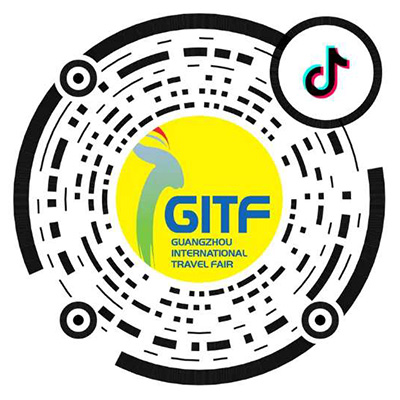
Southeast Asia’s Hidden Cities: Unexpected Travel Marvels
2025-05-05

The Malaysian gem Kota Bharu and Indonesia's rising star Batu City will take the spotlight at the 33rd Guangzhou International Travel Fair (GITF) from May 15 to 17. Led by the Tourism Promotion Organization for Global Cities (TPO), these two destinations aim to unveil groundbreaking travel experiences, inviting global explorers to discover Southeast Asia's untapped adventures.
01
KOTA BHARU,MALAYSIA
–The Cultural City
Kota Bharu is a city in Malaysia that serves as the state capital and royal seat of Kelantan. Kota Bharu in English means 'new castle' and is a member of the Newcastles of The World United besides a twinning frienship city program with Kasoaka City, Japan since October 1999. Kota Bharu is situated in the northeastern part of Peninsular Malaysia, and lies near the mouth of the Kelantan River . Kota Bharu is the gateway to the Thai border which is about one hour drive.
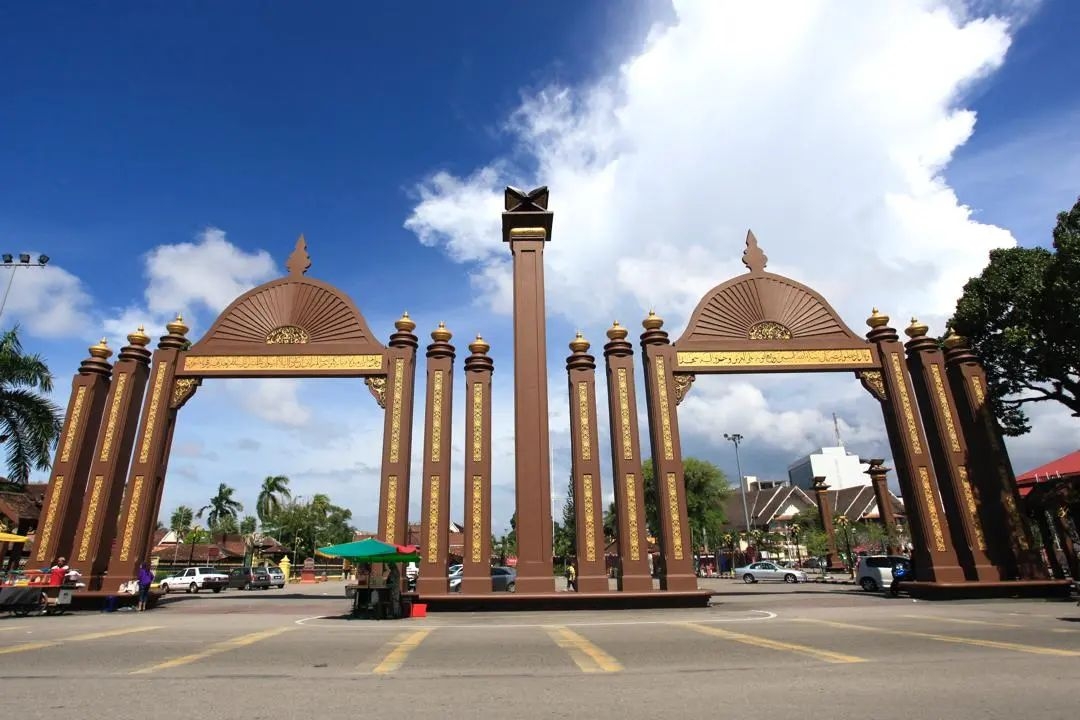
Kota Bharu is home to many mosques, cultural activities,various museums and the unique Malay architecture of the old royal palaces .Kota Bharu features a tropical rainforest climate with lots of sunshine, rain and sees an average of 2600mm of precipitation anuually. Heavy rains usually noticeable during the months from October to January with slightly cooler temperatures . Kota Bharu was established by His Royal Highness the late Sultan Muhammad II of Kelantan in 1844 as Kelantan's capital after the old capital, Kota Lama( Old Castle) which was located on the low-lying Sabak Island was destroyed by a flood. On December 8, 1941, the Japanese made Kota Bharu the first landing zone of the Malayan campaign. Taken relatively quickly it acted as an airbase for the Japanese air force as they fought the British in Malaysia and Singapore.
In 1948 after the war Kota Bharu and the state of Kelantan joined the Federation of Malaya as a semi-independent British colony. At that time the city started to become more religiously conservative. When Malaysia achieved independence in 1968 after being delayed due to a Communist revolution, Kota Bharu was recognized as being a strict Islamic enclave.
Prior to this date, Kota Bharu was known as the centre of administration and business activities. The vast majority of Kota Bharu's population is ethnically Malay. Chinese minority groups are concentrated in urban Kota Bharu with a total population as at 2020 is 528,225. Kota Bharu's population is 70% Muslim with the remainder consisting mainly of Buddhists, Hindus and Christians. Islam is widely practiced here in the spirit of a way of life but the freedom of religions is still exist and well carried out.
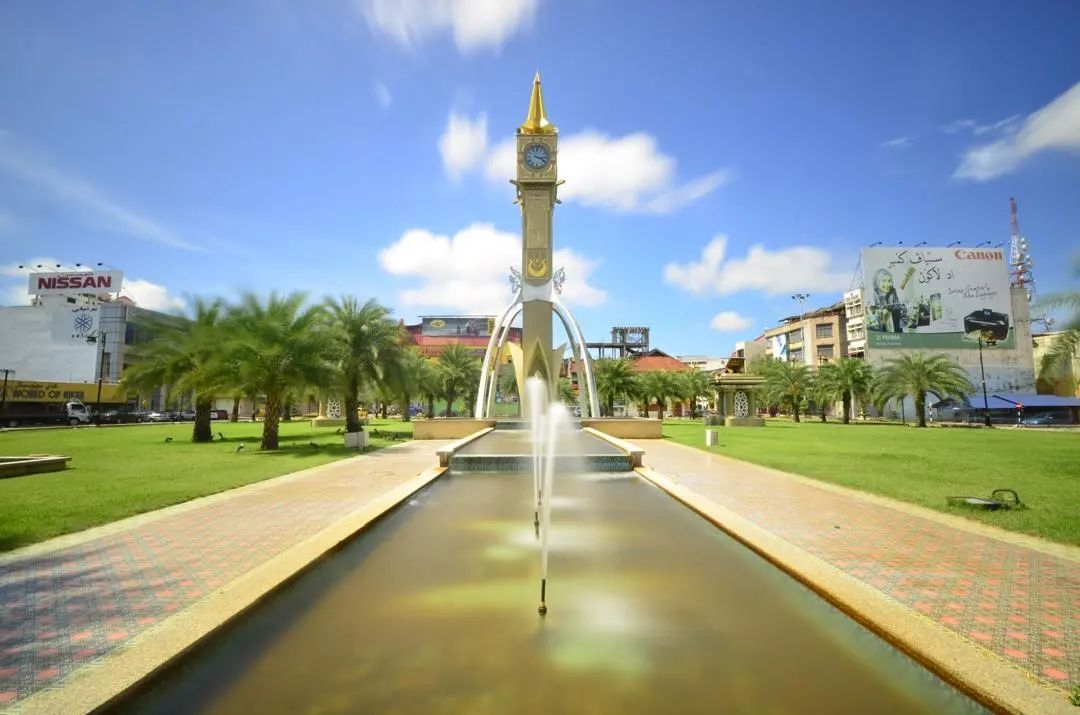
The Kelantanese culture is highly influenced by Thai culture because of its geographical proximity to Thailand. The Chinese are much more assimilated with local culture when compared with other parts of Malaysia. However the Malay culture is still at large and Kelantan is also known as the Cradle of the Malay culture. Much of the food is sweet and spicy, with rice as the primary staple of the local diet. The mouth watering Ayam Percik (grilled chicken with coconut milk), the Royal Martabak and The Blue Herbal Rice(nasi kerabu) are among the best local cuisine to sample. Traditional cultural performances like The Wayang Kulit( The Shadow puppet), Dikir Barat, The Rebana Ubi(Giant Drum), Gasing( Top spinning), Wau bulan (Giant kite) and Silat (Malay martial art defense) were still widely practised.
The most famous shopping destination in Kota Bharu is Pasar Siti Khadijah (Kota Bharu Central Market). Most of its sellers are women. The Wakaf Che Yeh Night market is another iconic tourism spot in Kota Bharu. Kota Bharu is also the home to the famous hand drawing batik, songket weaving, silver crafts and wood carving. The beach of Pantai Cahaya Bulan is another attraction to experience the sandy white beach facing the South China Sea. Kota Bharu is truly Malaysia and Malaysia is truly Asia.
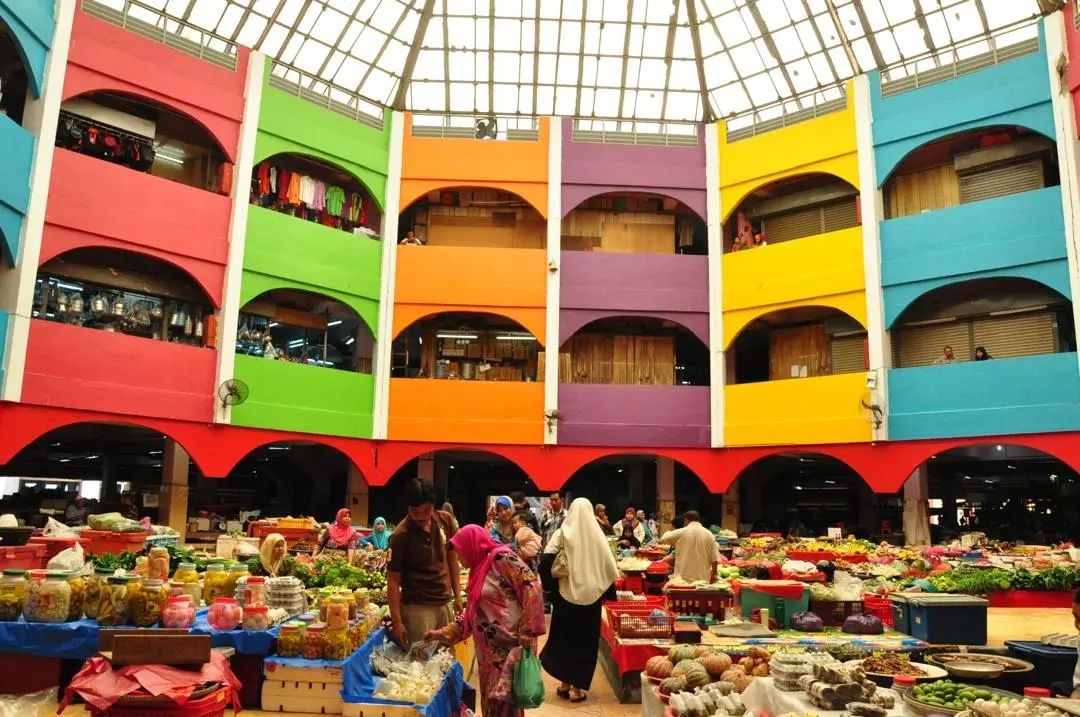
On 1 October 2005, Kota Bharu was declared Kota Bharu, The Islamic City. This title is given to the city which observes Islamic principles in every aspect of daily life. The Azan (prayer call), can be heard everywhere, even in shopping malls. All activities in the city must be stopped for a while to respect the Azan. Social activities that do not contradict with the Islamic norm are allowed. Government offices and many stores are closed on Fridays and Saturdays, but the vibrant markets remain open except for Friday prayer times.
The philosophy and concepts used in the buildings of the Kota Bharu The Islamic City basically based on the Holy Quran and The teaching of Prophet Muhammad . These are to ensure the survival of five substances of human needs: religion, life, mind, progency and possessions.
The philosophy and concepts of Kota Bharu The Islamic City is faith and fear Allah. It is a town which obeys the Quran and the Teaching of Prophet Muhammad as a guidance and as a consequence to get the full blessing from Allah. Allah swt says in the Quran : If the people of the towns, had but believed and feared Allah, We should indeed have opened out to them (all kind of) blessing from heaven and earth, but they rejected (the truth), and we brought them to book for their misdeeds.
The presence of faith and fear Allah could be merged various concepts of Islamic City such as Knowledge City, Trust City, Law City, Justice City, Pretty City, Harmony City and Peace City. The major characteristics of Kota Bharu The Islamic City are knowledge, obedience, charity, cleanliness and peaceful.
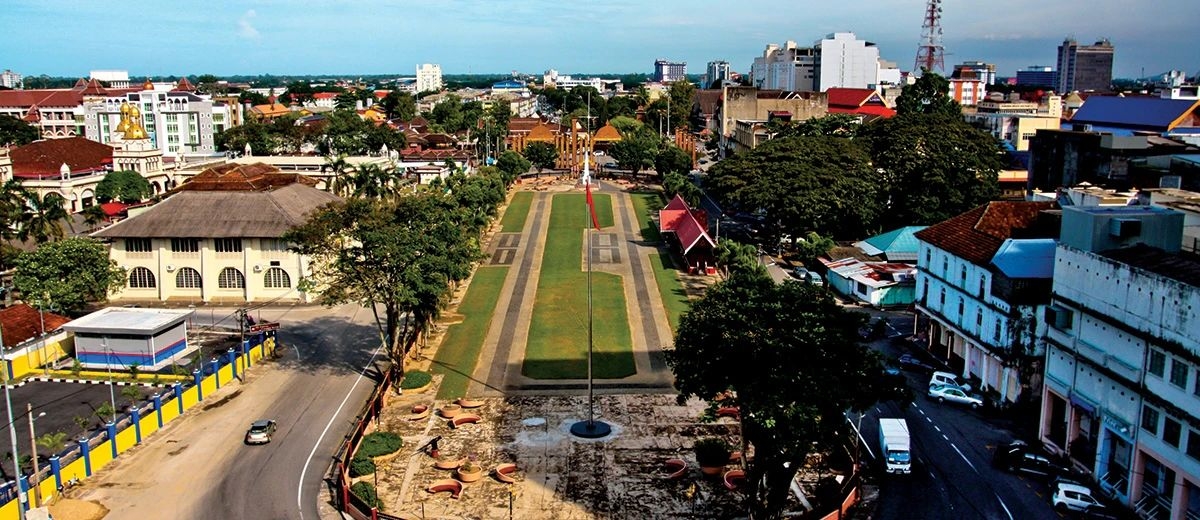
02
BATU CITY,INDONESIA
–An Emerging Destination
in East Java
Batu City, located in the cool, refreshing highlands of East Java, is a thriving destination that offers a unique blend of economic growth, rich agricultural heritage, vibrant tourism, and a welcoming local culture. This charming city has rapidly become an important hub in the region, attracting visitors and investors alike with its balance of natural beauty and thriving industries. Just a short drive from Malang City, Batu’s strategic location has positioned it as an emerging economic center in East Java, where’s local industries are growing, and new opportunities are being created in sectors such as agriculture, tourism, and commerce.
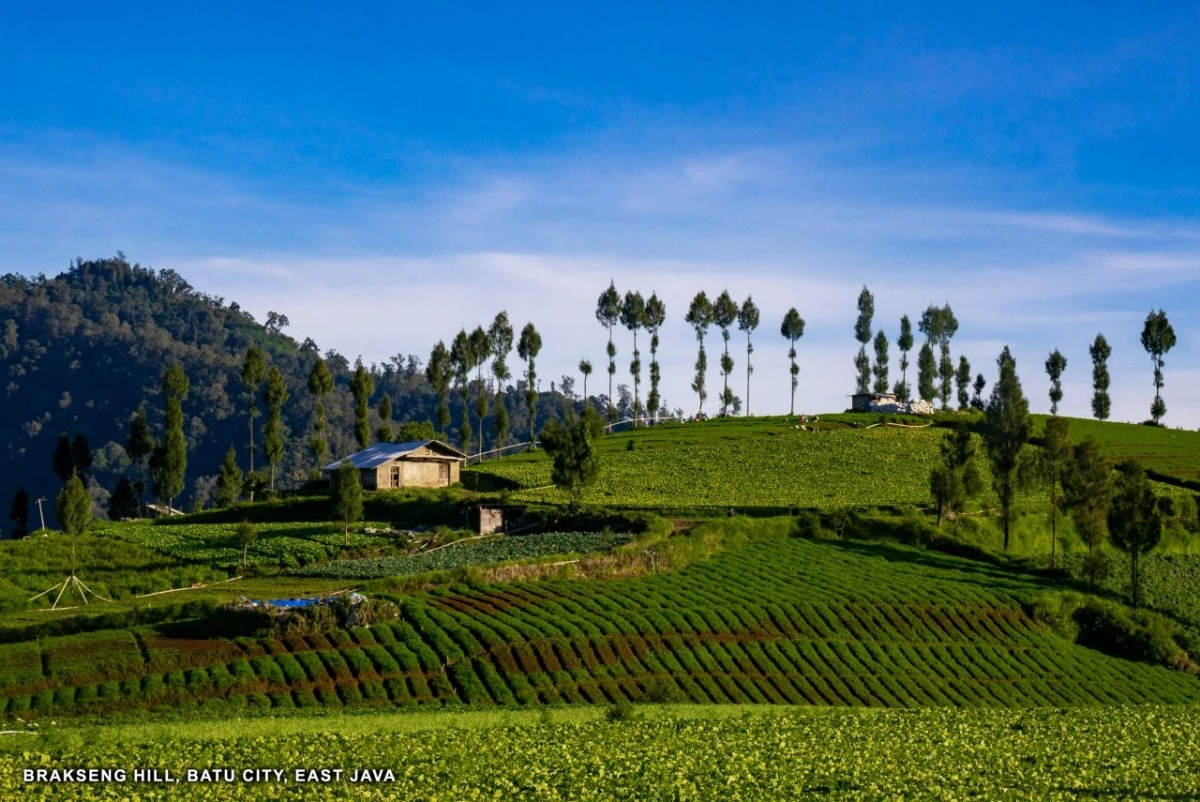
Agriculture is one of Batu's foundational economic pillars, with the city’s fertile volcanic soil and temperate climate providing the perfect conditions for a variety of crops. Batu is particularly famous for its apples, a product that not only defines the region but also significantly contributes to its economy. Local orchards, many of which are open to tourists, showcase the city’s commitment to sustainable farming practices, and visitors can enjoy fresh apples straight from the trees. In addition to apples, Batu’s agricultural sector supports the cultivation of vegetables, many kinds of flowers, and other fruits like orange and crystal guava, reinforcing its reputation as a key agricultural region in East Java.
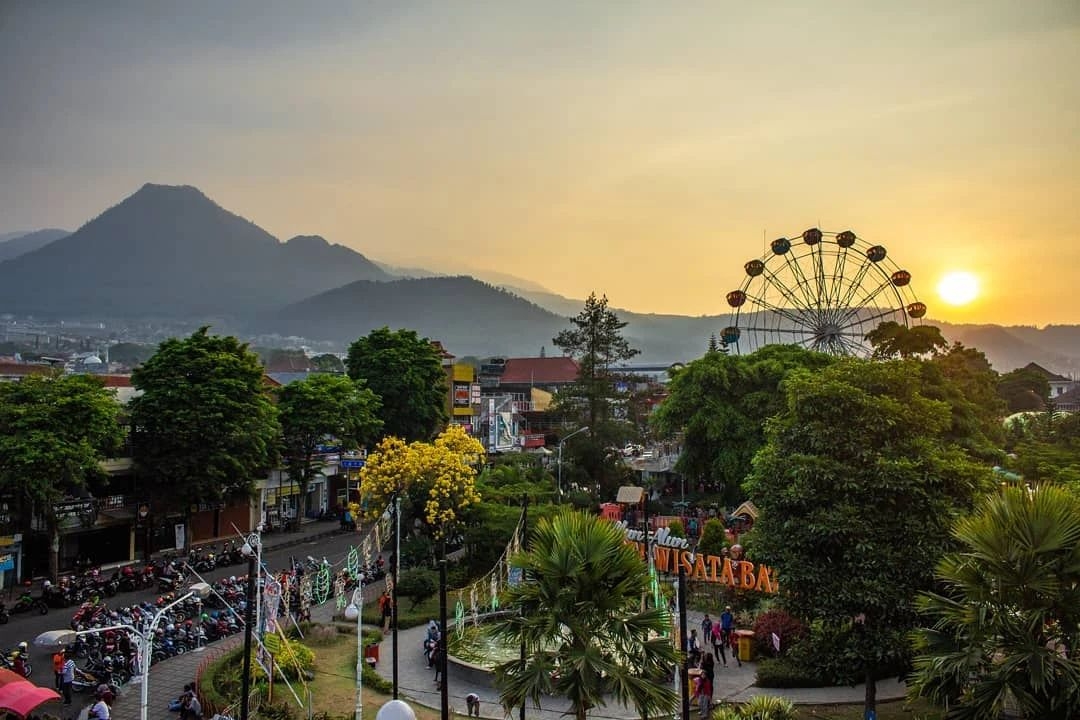
Tourism plays a major role in Batu's economic development, drawing both domestic and international visitors with its breathtaking landscapes, fun-filled theme parks, and rich cultural experiences. The city is home to popular attractions like Jatim Park, which features exciting rides, educational exhibits, and wildlife encounters, as well as Batu Night Spectacular, a dazzling amusement park that lights up the night. Visitors can also enjoy the natural beauty of Batu’s waterfalls, mountains, and parks, making it a top destination for outdoor enthusiasts and families. Tourism not only boosts the local economy but also supports a thriving hospitality industry, with hotels, restaurants, and shops offering visitors a taste of local culture and cuisine.
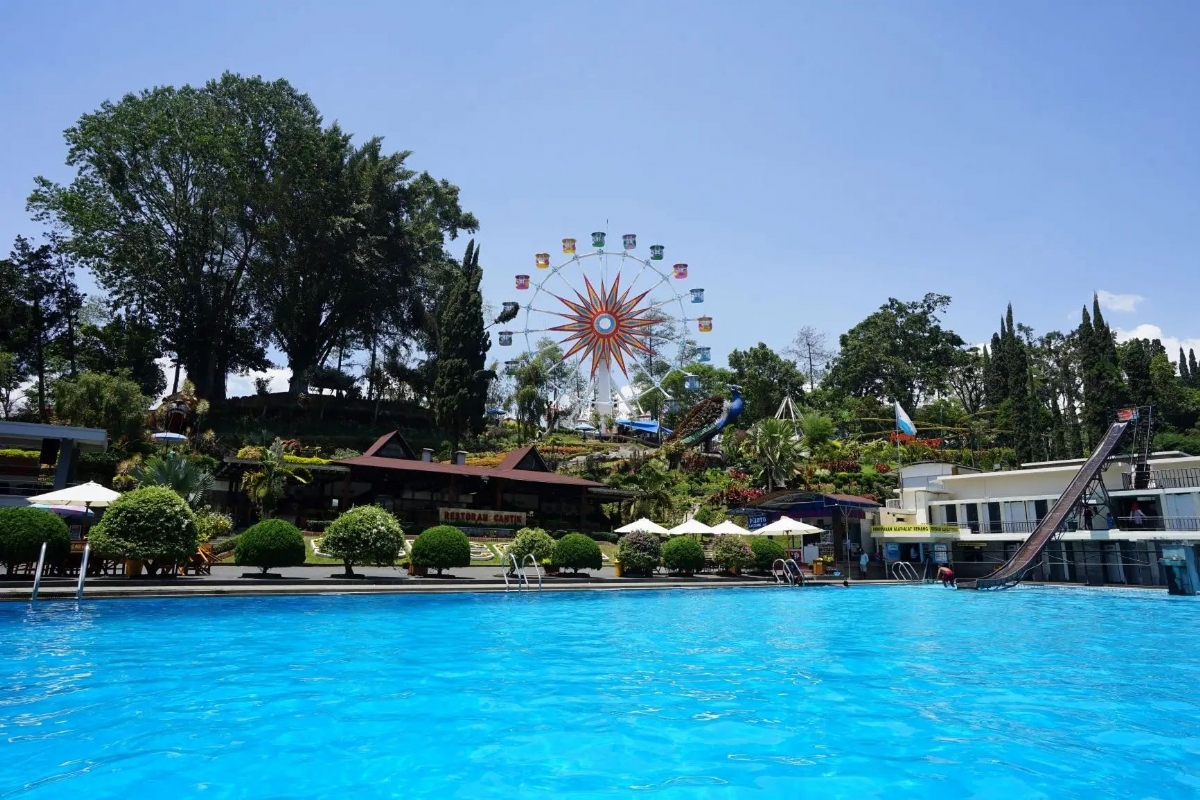
The local culture of Batu is one of its most endearing features. Known for its friendly and hospitable residents, the people of Batu take great pride in their cultural traditions, which are reflected in the city’s festivals, arts, and everyday life. Local markets bustle with activity, where visitors can shop for handmade crafts, fresh produce, and traditional foods. Batu’s unique blend of Javanese customs and modern influences creates a vibrant, welcoming atmosphere that captivates visitors. The city is also home to several historical sites and temples, such as the Songgoriti Temple, offering a glimpse into Batu’s rich cultural and religious heritage.
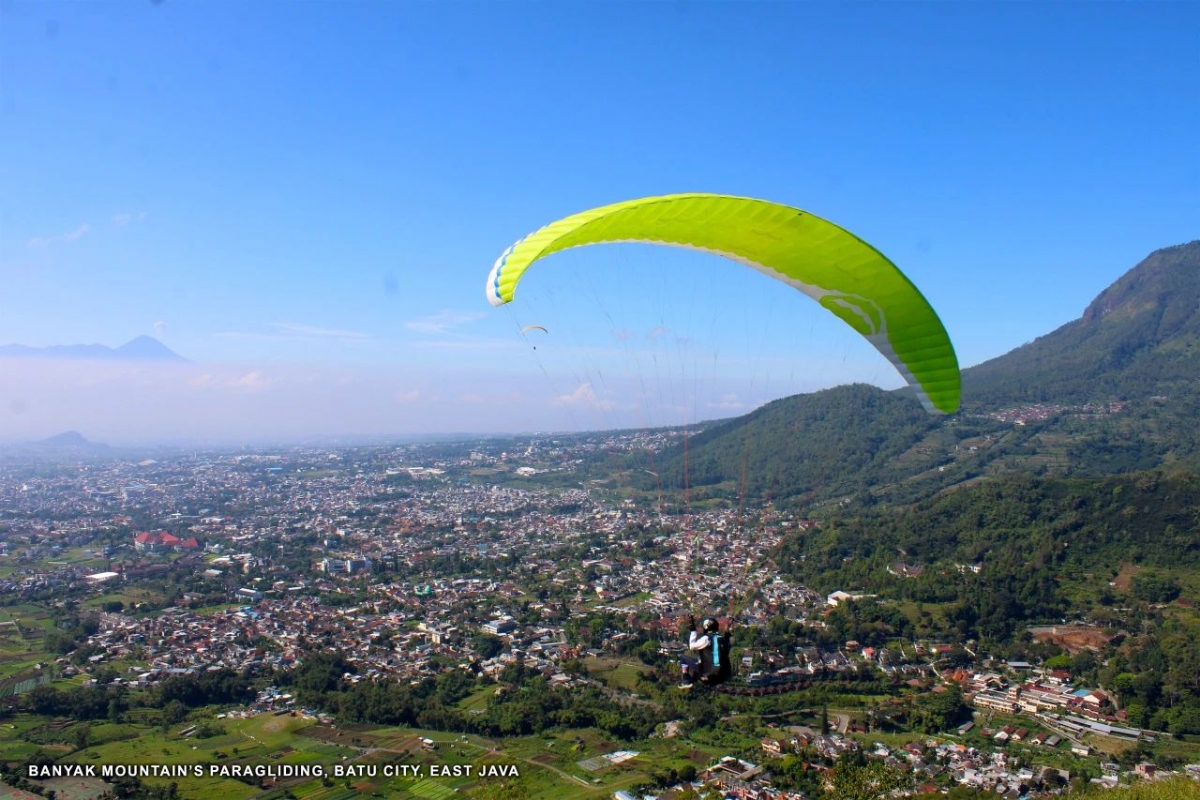
As Batu continues to grow, the integration of its agricultural roots, tourism sector, and cultural heritage promises a sustainable future. The city’s commitment to preserving its natural beauty while fostering economic growth ensures that Batu remains an ideal destination for both residents and visitors. Whether you’re exploring the lush apple orchards, enjoying the thrilling attractions, or experiencing the warmth of Batu’s culture, this city offers a truly unique and memorable experience for all who visit.
About TPO
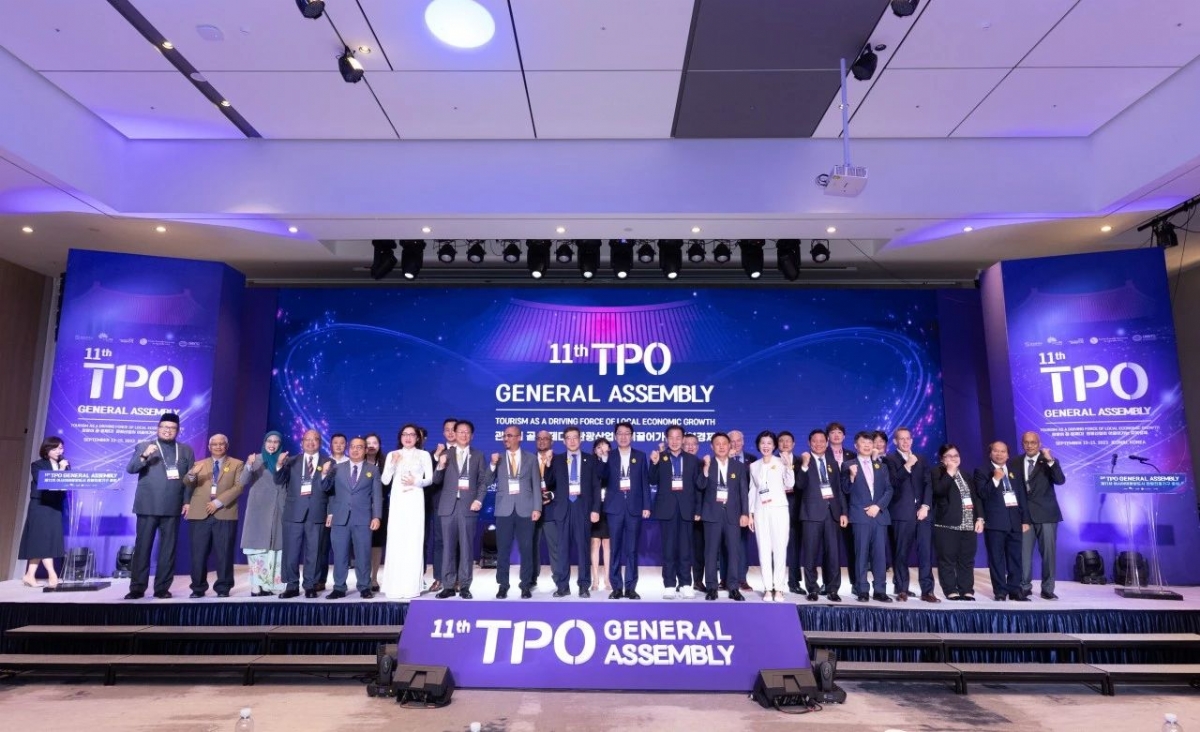
The Tourism Promotion Organization for Global Cities (TPO) is an international organization dedicated to promoting global tourism, city-to-city cooperation, and global tourism partnerships. Headquartered in Busan, South Korea, TPO was established in 2002 and now comprises 130 member cities and 56 tourism-related institutions and companies across the globe.
TPO serves as a collaborative platform that connects city governments, and key industry stakeholders to foster innovative and responsible tourism. By facilitating global networking and knowledge-sharing, TPO empowers its members to enhance their tourism capacity and global visibility.
TPO carries out a wide range of activities to support its members and enhance global tourism cooperation. These include organizing international meetings, implementing joint projects between members, offering capacity-building programs for tourism professionals, and promoting member cities through global campaigns and media partnerships.
Through its guiding vision of “P(Promotion) E(Expansion) C(Collaboration)” TPO remains committed to supporting sustainable urban tourism and fostering meaningful partnerships among cities worldwide.
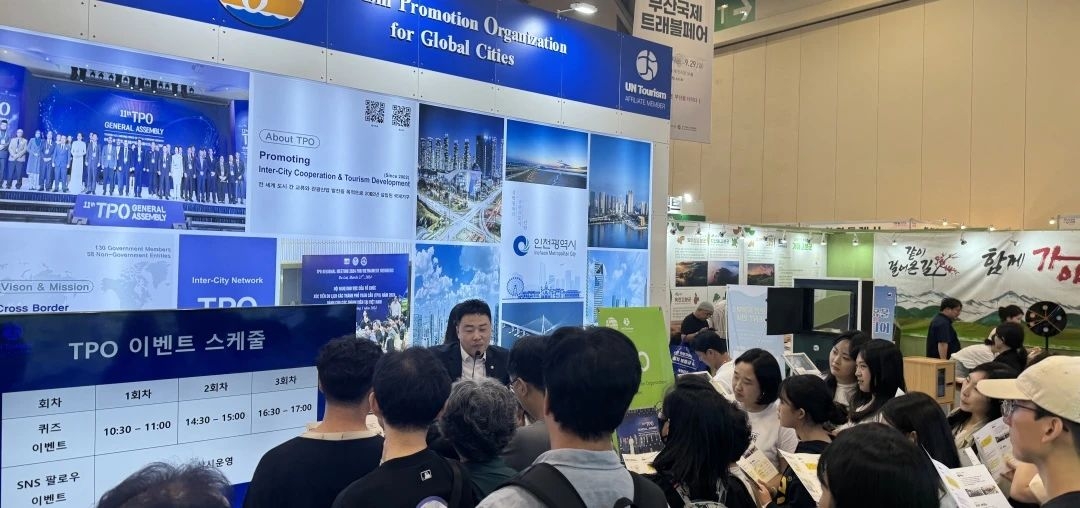
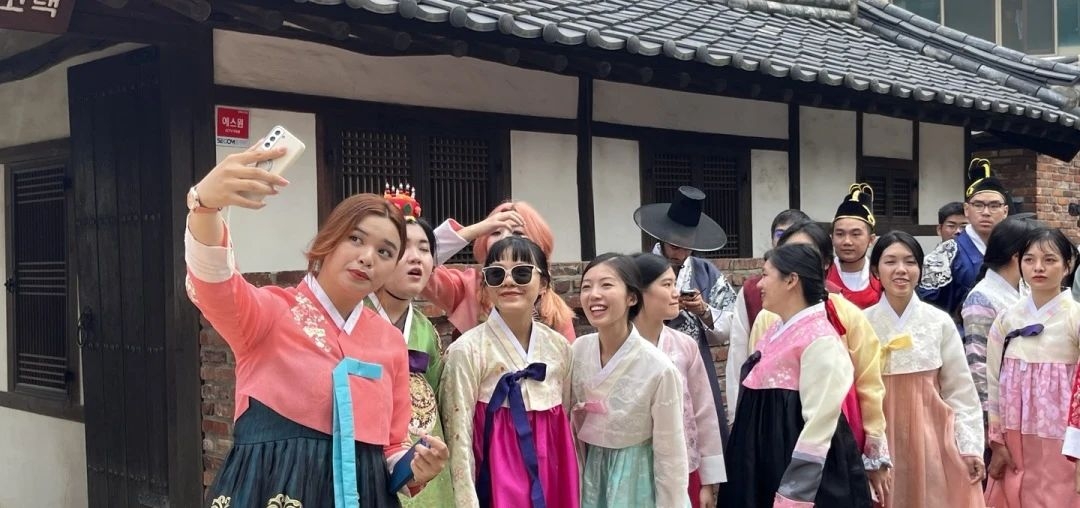
Meet you on 15-17 May 2025
in Guangzhou at GITF
C001,Hall16.2 !
Address: Room 1510, West Tower, Poly Trade Center, No.1000 Xingang East Road, Haizhu District, Guangzhou, China










